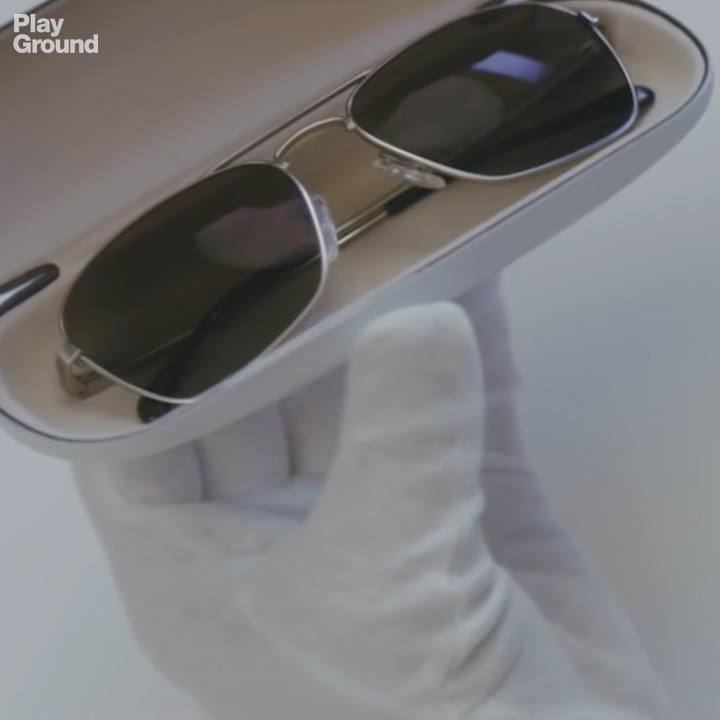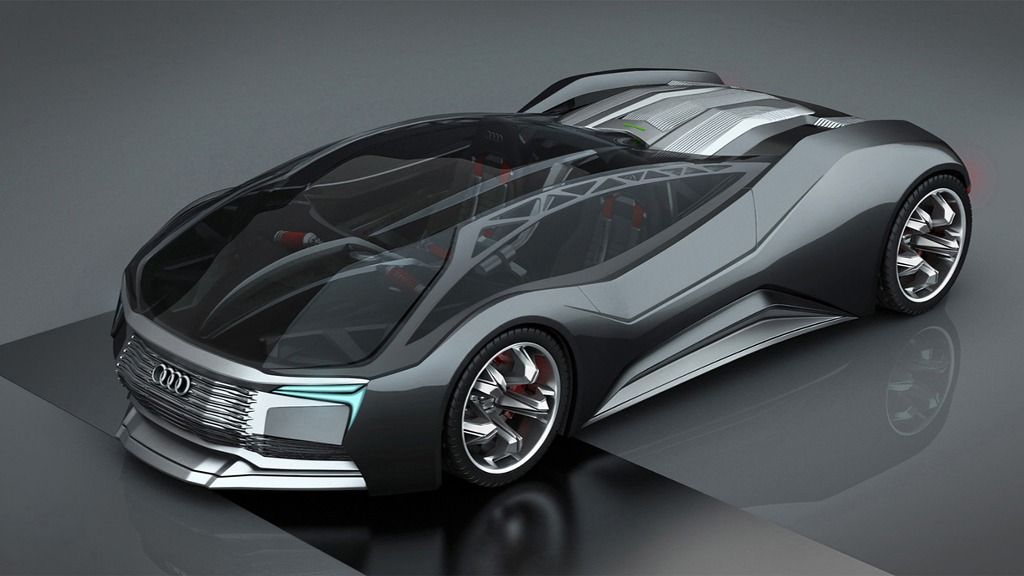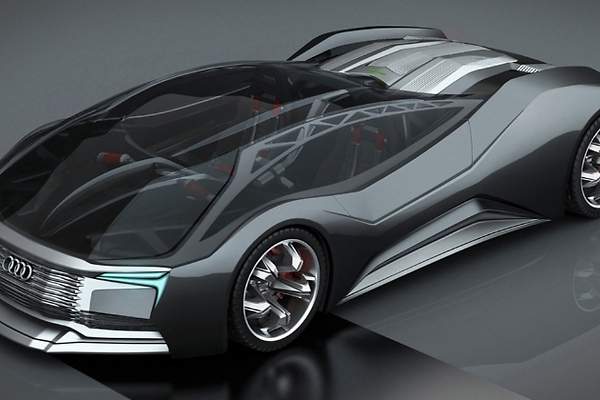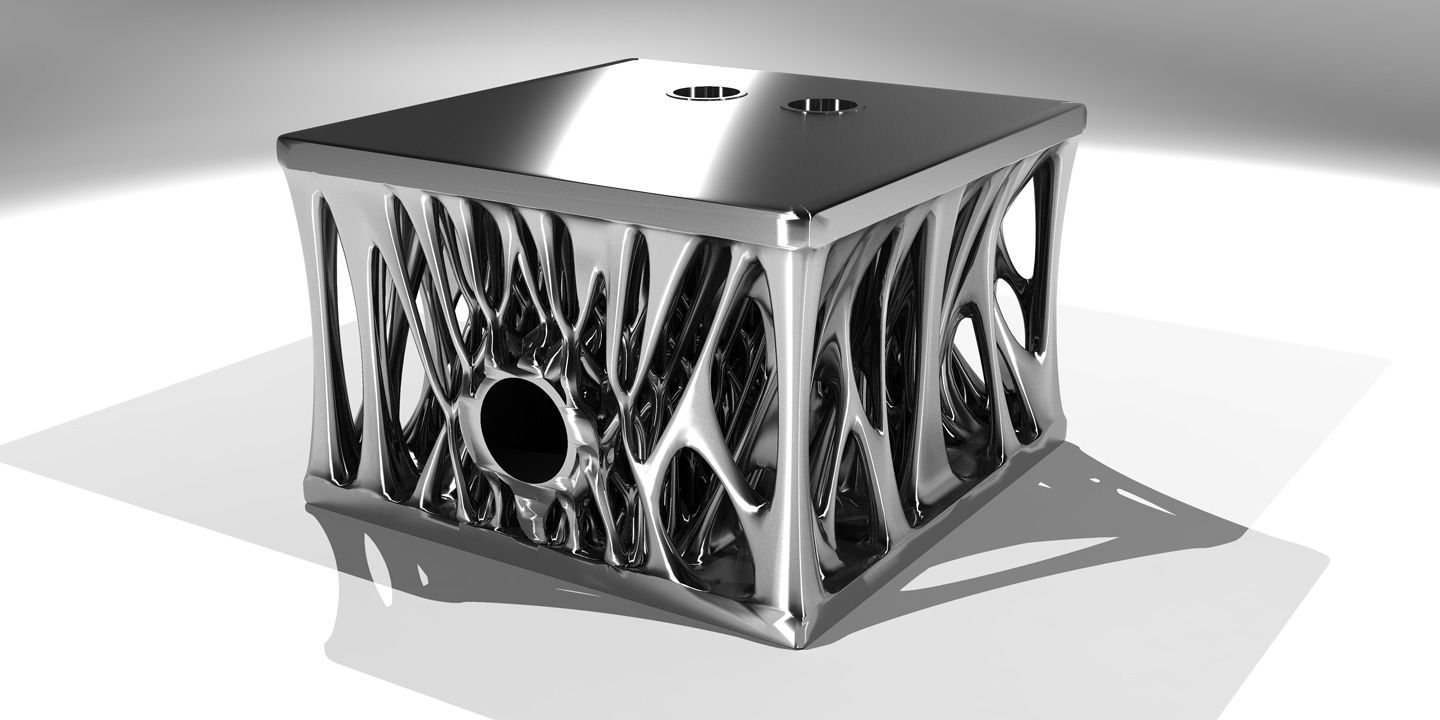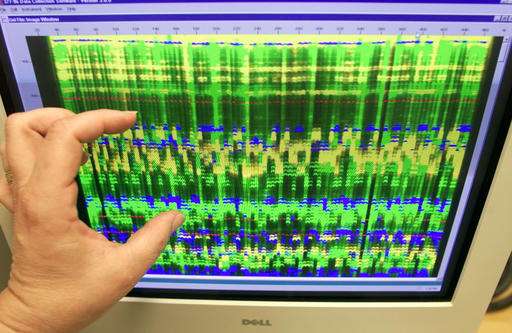Can the thousands of galaxies tugging on us eventually pull our little group of galaxies into it?
PlayGround +
Posted in futurism
The concept of nuclear fusion is definitely a reliable and sustainable option to meet the energy needs of the world without fossil fuels. There are several scientists who will suggest this as a beneficial option. Nuclear Fusion is a method of fusing together the atomic nuclei. It can produce vast amount energy with only a small amount of fuel. It can prove to be really beneficial if control of the method is perfected. It will take only a small number of small fusion power stations to provide sufficient energy for the whole world. It will also ensure no harmful emissions at all. The Audi Mesarthim F Tron Quattro concept is a nuclear powered car imagined by Grigory Gorin, a Russian car designer.
The Russian car designer imagined this amazing concept of providing power to a car by harnessing nuclear fusion. The fusion reactor along with the attached plasma injectors can be seen in the middle of this Audi concept car. The equipments required to generate the steam are packaged around them. The heat of the reactor is used which spins a turbine that connected to a generator. The generator charges the batteries that are located at the front and alongside of the Audi Mesarthim F Tron Quattro concept. The batteries power the electric motors (wheel mounted).
The idea of a space elevator to lift us into orbit is one of the oldest concepts in sci-fi, but thanks to the efforts of scientists in Japan, we might soon be seeing this fantastic feat of engineering become a reality at last.
A mini satellite called STARS-C (Space Tethered Autonomous Robotic Satellite-Cube) is heading to the International Space Station in the coming months and is a prototype design that could form the basis of a future space elevator.
Once STARS-C has been delivered – on some to-be-determined date after the Northern Hemisphere’s summer – its makers at Shizuoka University will put it to the test: the orbiter will split into two 10-cm (3.94-inch) cubes and spool out a thin 100-metre tether made of Kevlar between them.
Her computer, Karin Strauss says, contains her “digital attic”—a place where she stores that published math paper she wrote in high school, and computer science schoolwork from college.
She’d like to preserve the stuff “as long as I live, at least,” says Strauss, 37. But computers must be replaced every few years, and each time she must copy the information over, “which is a little bit of a headache.”
It would be much better, she says, if she could store it in DNA—the stuff our genes are made of.
A new blood treatment developed by researchers in Greece reportedly has the power to reverse menopause, enabling post-menopausal women to release eggs once again.
None of this has been peer-reviewed as yet, but if the results can be verified by others in the scientific community, the treatment might allow women to have offspring later in life.
It could also provide a treatment for those suffering from early menopause, a condition that affects roughly 1 percent of all women.
Will we live longer lives in the future? According to Ray Kurzweil, it’s only a matter of time until technology begins successfully tackling age-related disease—and life expectancy grows longer and longer. At some point, technology will annually add more than a year to our life expectancy—allowing us to indefinitely increase lifespans, and perhaps eventually live as long as we want.
“We will get to a point where our longevity, our remaining life expectancy is moving on away from us. The sands of time will run in rather than run out,” Kurzweil says.
How will this happen? We’re now learning to reprogram biology to cure disease and repair the body. This will accelerate in coming decades and be followed by the nanotechnology revolution.

